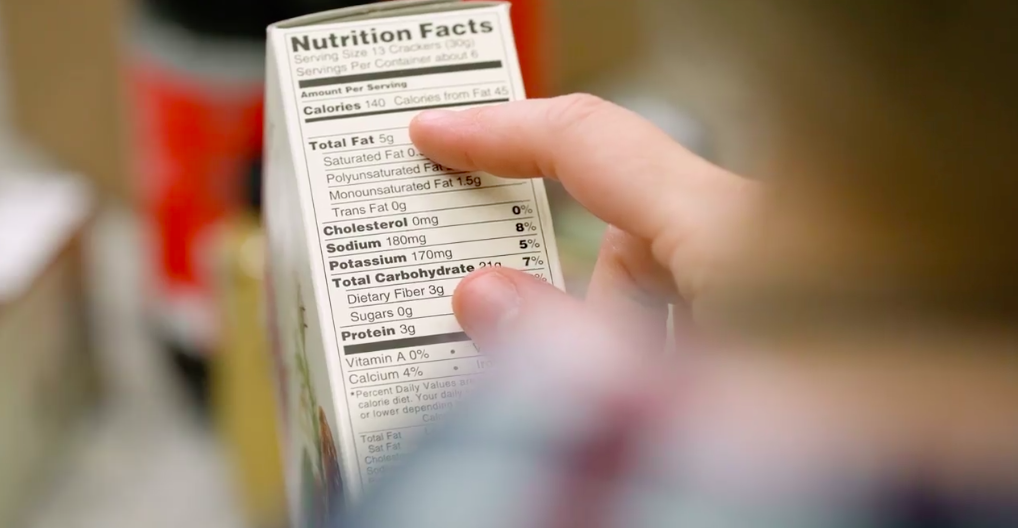The food industry is in the eye of a hurricane named Disruption.
Sweeping consolidation has turned the traditional food industry on its head, leaving major companies like Heinz, Kraft and Unilever feeling under siege. Other major players are working to “redefine” themselves before they become acquisition targets. Taste preferences have evolved and weekday sit-down meals are no longer a mainstay as families are increasingly on-the-go. Therefore, convenience is the name of the game.
Big companies are being challenged by upstart brands: Chobani challenged Yoplait and Dannon, long-time leaders in the yogurt market, and KIND bars have become one of the fastest-selling snack bars on Amazon. Neither company existed at the beginning of the 21st Century! Is the “slow and steady wins the race” mantra of the food industry on the way out?
Much of what people once knew about the food industry is now changing thanks to technology. Today, we learn about new products through social/digital media that are challenging the more traditional print and television media. More than ever, consumers are reading their food labels and they care what ingredients are inside. From Amazon and Instacart to Hello Fresh and Blue Apron, the way food arrives on our tables is changing.
Food manufacturers and industry leaders must accept that disruption is now the norm. So what should they do about it?
“One-size-fits-all” does not apply
Technology has revealed that the customer base is a mosaic. One-size-fits never really applied, but there was power where choices were limited by the neighborhood grocer or the major retailer. Today, the companies that are winning are clear on their target audience — they understand who they are and what is important to them.
The winning companies recognize the diversity of taste. Sure there is chocolate, vanilla and strawberry, but the “standard” taste profile depends on your target audience. That audience is impacted by age, gender, ethnicity, region…and the list goes on. What about pistachio? Cookies and cream? Peanut butter? Lemon? Wasabi? Yes, this probably means multiple SKUs and changeovers. This impacts the way in which manufacturing systems are designed and the way in which those facilities are operated.
Product and process design: Begin with the end in mind
Adapting to changing taste preferences does not mean you need 50 lines in your plant, but it does require some forethought. The technical community (R&D, Engineering, Manufacturing) must operate in partnership to meet these real-world business challenges.
Consider how you can design your system to produce multiple flavors and build a process to meet those product needs. If you’re building a new facility, retrofitting an old one or upgrading what you currently have, ask yourself these questions:
- What is the next trend?
- How can we re-energize our product?
- How can I build flexibility into my processing design?
- What potential growth and/or decline lies ahead for certain products?
Trends don’t last forever. Every product has moments of growth, peaking and tapering. You must be strategic at the beginning stages to understand your customer, and then design your facility accordingly.
For example, consider how to incorporate clean-in-place (CIP) systems to speed up flavor changeovers, which allow for both variety and efficiency.
Does your leadership team reflect today’s diversity?
There is a greater variety in customer demand and taste today than ever before. Consider the spectrum of generations that are alive and making purchasing decisions today: Baby Boomers lived through the repercussions of World War II, while Generation Z never lived in a time where the internet and smartphones didn’t exist.
These various people groups had very different environments and experiences during their formative years, which influences their purchasing decisions today. It’s critical that you build a workforce and leadership team that reflects this diversity and knows how to respond to this wide range of customers.
Things aren’t slowing down
The rate of change in the food industry is now exponential. Changes that once took decades now happen in a matter of months. For example, the Greek yogurt trend brought about the rise of Chobani. This trend “forced” every player in the yogurt space to create a “Greek” (strained, lower sugar, protein-intense) offering or lose shelf space. And watch out: Australian and Icelandic yogurt are now trending!
The timeframe for companies to respond to changes in the marketplace is shrinking. So what’s the key to success? Build an inclusive, agile organization that understands who its customers are and recognizes that consumer preference is a continuum. Continually assess if you’re meeting your customers’ needs and regularly challenge yourself to do better.
If there’s one thing we’ve learned, it’s that no food industry “Goliath” is invincible in today’s climate where niche markets and targeted products rule. Big companies can’t get away with the same old approach and assume that will work for every (or even most) consumers today.
If some of your customers want hot tea, give them hot tea. If some want cold tea, give them cold tea. If you’re trying to split the difference by serving everyone warm tea, it’s time to rethink your strategy — because no one likes warm tea.
Denise Holloman is Principal & Chief Advisor at DAH Operations Advisors. In 2015, she retired from her position at General Mills as VP of Project Management Office and Global Continuous Improvement. Prior to joining General Mills, Holloman spent 12 years with Procter and Gamble in various operations management, maintenance/reliability, project management and systems engineering roles.



